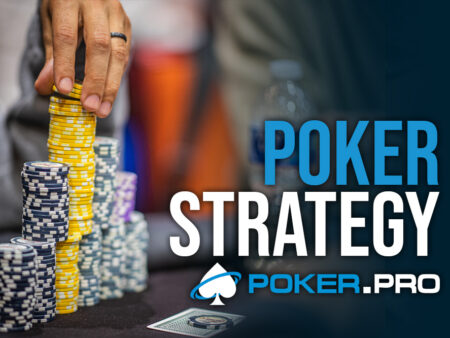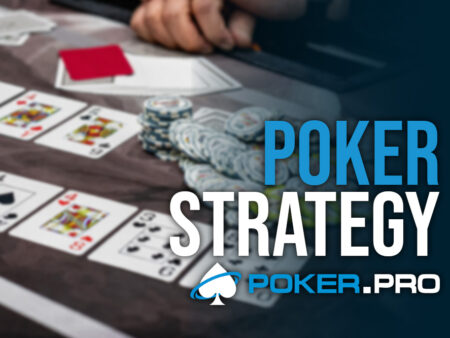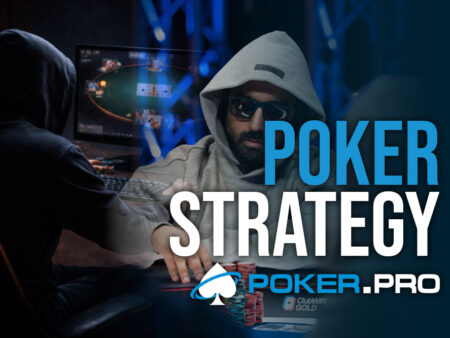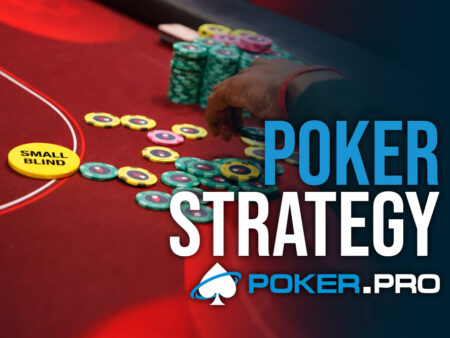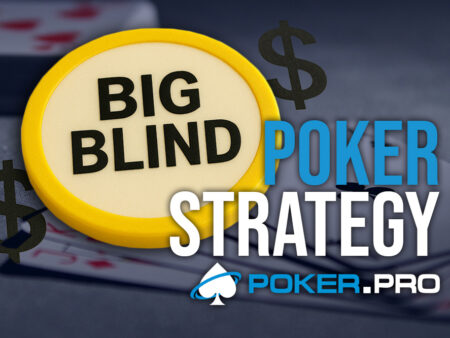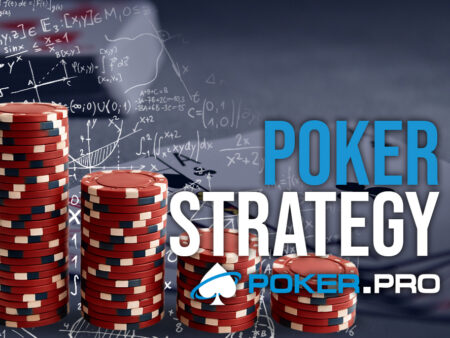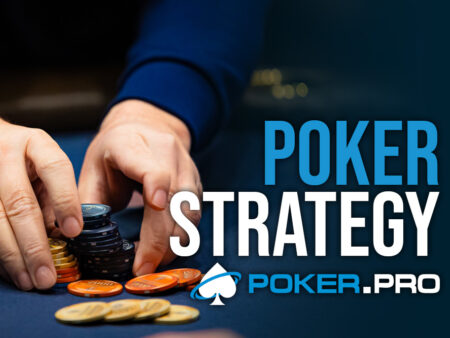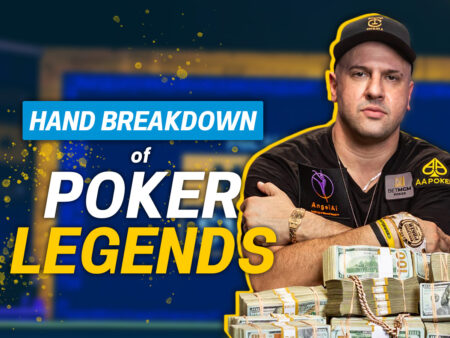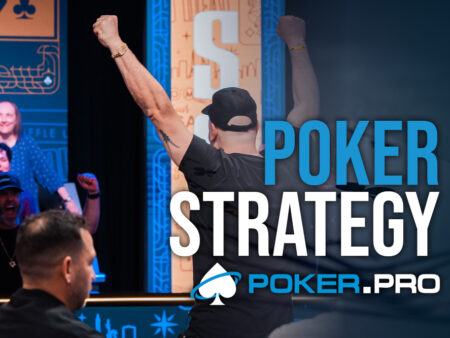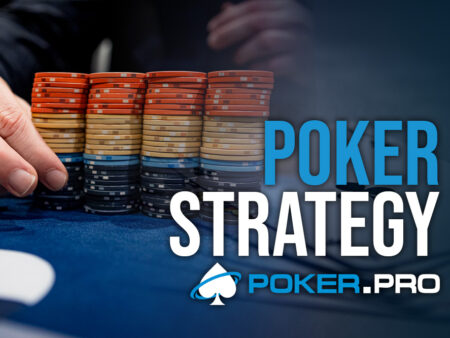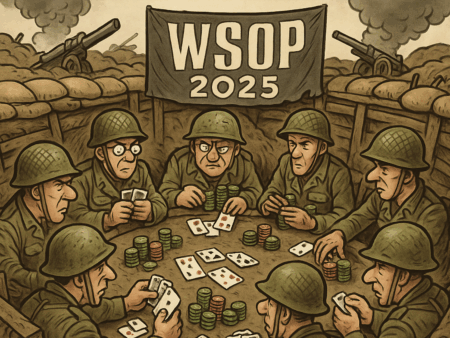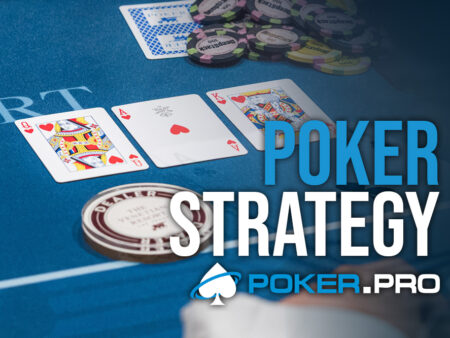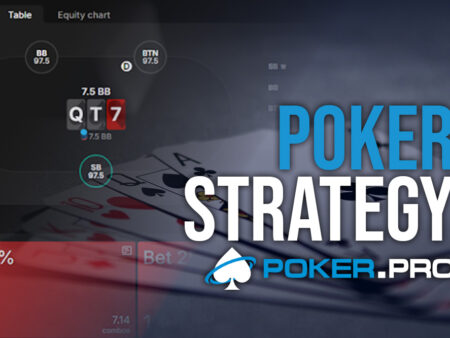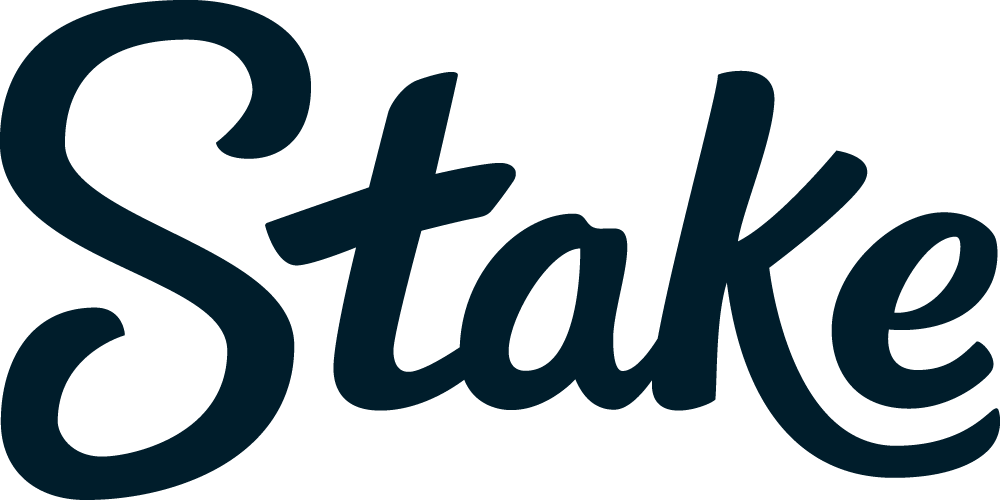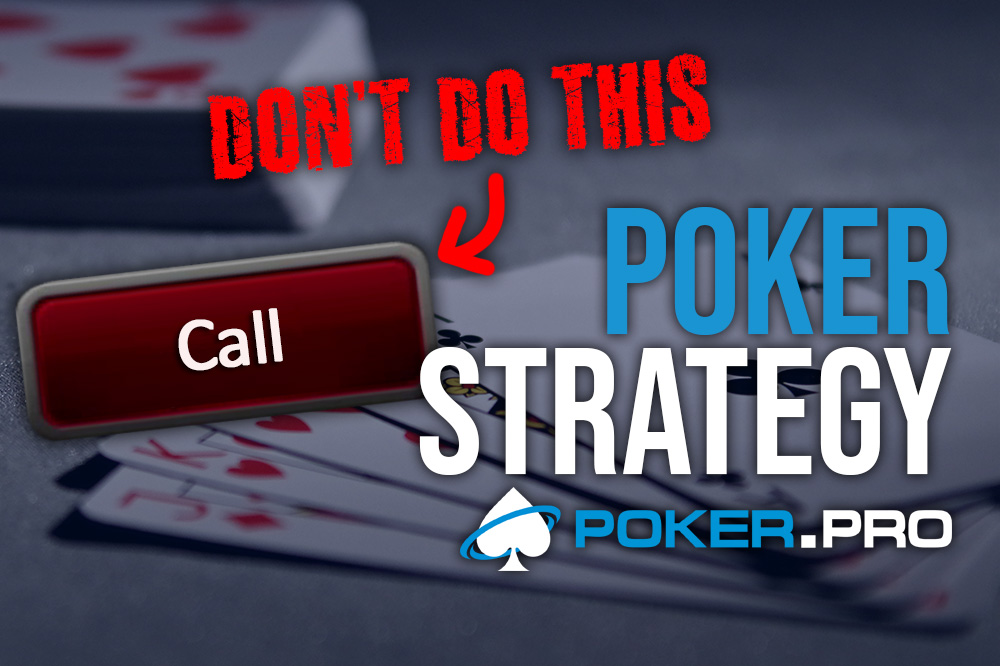
In cash games, where every chip represents real money, precision matters. Yet even experienced players fall into a subtle but costly trap: misapplying pot odds and implied odds. It’s one of the most common – and most expensive – statistical leaks at the table.
Whether it’s chasing draws without enough equity or overestimating the payoff if a miracle card hits, this mental miscalculation turns break-even hands into long-term losers. If you’ve ever thought, “It’s only a small call,” this article is for you.
I’ll break down exactly how to avoid this leak, when the math says fold, and how to turn your decision-making from hopeful into profitable.
1. Understanding Pot Odds: The Foundation of +EV Calls
Pot odds are the price the pot is offering you to make a call. If your hand equity (chance to win the pot) is higher than the pot odds, calling is profitable.
Pot Odds Formula: (call size) / (pot size + call)
Example:
- Pot = $100, Villain bets $50
- You must call $50 into $200
- Pot odds = 50 / (100 + 50 + 50) = 25%
If your hand has more than 25% equity, the call is good. If not – fold.
Mistake: Many players call here with gutshots or weak pairs, even when their equity is only 16–18%, burning money over time.
Pot Odds Cheat Sheet
| Bet Size (% of pot) | Pot Odds | Equity Needed to Call |
|---|---|---|
| 10% | 9.1% | ≥ 9.1% equity |
| 30% | 23.1% | ≥ 23.1% equity |
| 50% | 33.3% | ≥ 33.3% equity |
| 70% | 41.2% | ≥ 41.2% equity |
| 100% | 50.0% | ≥ 50.0% equity |
| 125% | 55.6% | ≥ 55.6% equity |
| 150% | 60.0% | ≥ 60.0% equity |
| 200% | 66.7% | ≥ 66.7% equity |

2. Implied Odds: When the Math Isn’t All in the Pot Yet
Sometimes a hand is worth calling not just for what’s in the pot now, but for what you expect to win later if you hit. That’s where implied odds come in.
Implied odds work best when:
- You’re in position
- Your draw is hidden (e.g., small sets, low straights)
- Your opponent is likely to stack off if you hit
But Beware:
- Don’t justify every loose call with “implied odds”
- Versus tight or skilled players who won’t pay you off, your implied odds vanish
Discipline tip: Make sure your hand is disguised and stacks are deep enough before leaning on implied odds.
How to Calculate Implied Odds and When to Rely on Them
Implied Odds = (Pot Size + Expected Future Winnings) / Call Amount
How to Know if a Call is Profitable with Implied Odds
Use this formula to calculate the minimum equity you need to justify a call:
Required Equity = Call Amount / (Pot Size + Call Amount + Expected Future Winnings)
This tells you what percentage of the time you must win – including expected future winnings – to make a profitable call.
For example let’s look at Flush Draw, Facing Half-Pot Bet.
- Pot size = $100
- Villain bets $50, Call = $50
- So, Pot after call = $200
- You expect to win another $100 if your hand hits
Now calculate:
Required Equity = 50 / (100+50+100) = 50/250 = 20%
If your hand has more than 20% equity, the call is +EV with implied odds. A flush draw (~19–20%) is marginal — now playable depending on position and opponent tendencies.
3. Common Mistakes in Live & Online Cash Games
Mistake 1: Calling with weak draws out of position
- You have 6♠7♠ on Q♦9♥2♠ – a backdoor flush draw
- Villain bets ¾ pot
- Your equity is low, and your implied odds are minimal – fold it
Mistake 2: Overvaluing overcards
- A♣K♠ on 9♦8♣4♥ – players often call just hoping to “hit” one card
- Pot odds don’t justify it unless your opponent is bluff-heavy
Mistake 3: Hero-calling rivers without proper MDF reasoning
- Learn Minimum Defence Frequency to avoid over-defending vs value bets

4. A Winning Approach: EV-Driven Discipline
The best players treat every call as a calculation:
- Do I have the pot odds?
- Do I have real implied odds?
- Can I profit here long-term – or am I just curious?
Train these habits:
- Use Flopzilla or Equilab to drill equity spots
- Review hand histories with focus on why you called
- Label every call in study as +EV / -EV with supporting math
Conclusion: Fold More, Win More chasing draws without the math to back them up is the silent killer of win rates. Learn to fold even tempting hands when the numbers don’t add up. In the long run, disciplined folds are more profitable than hopeful calls.
If you want to level up your decision-making, start with your most common leak: calling without cause.
Stop guessing. Start calculating.
